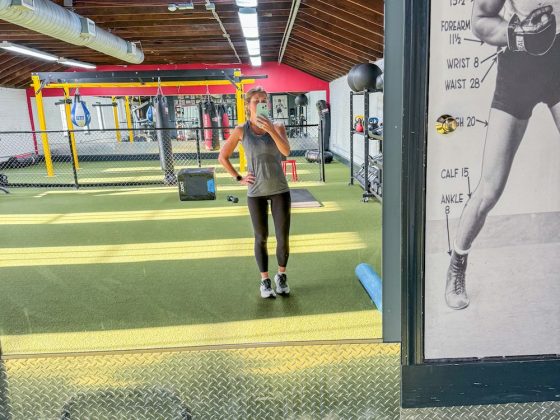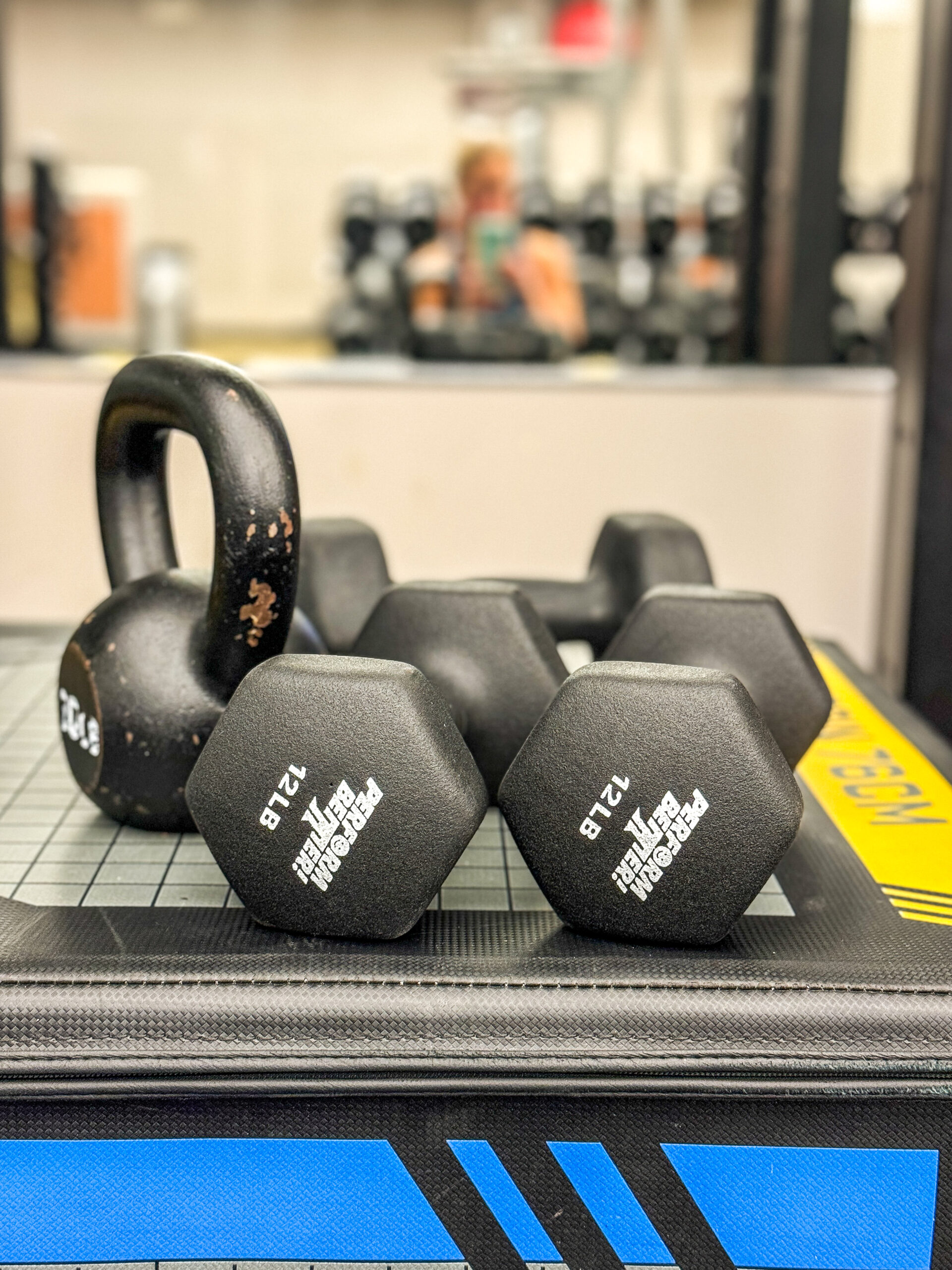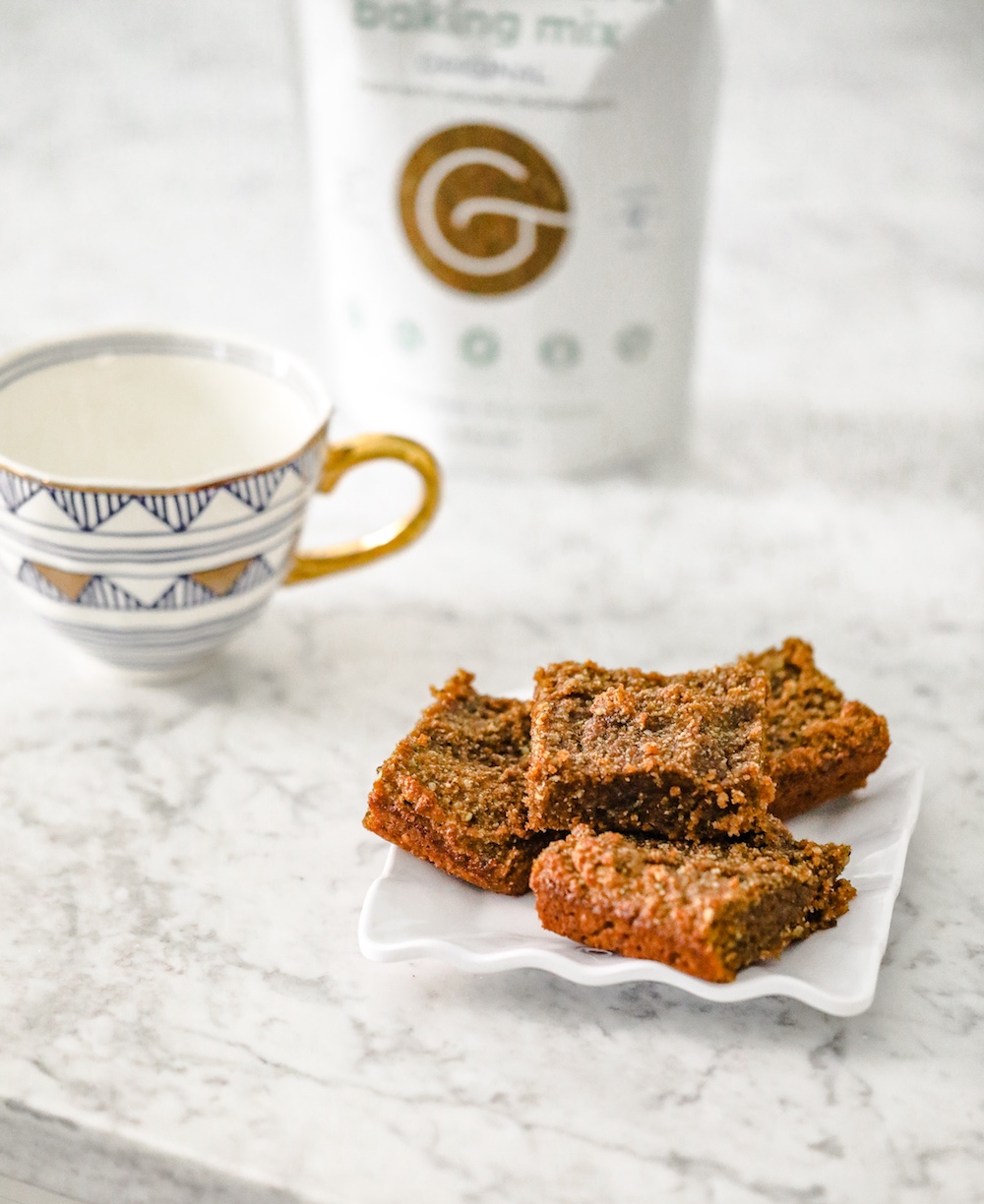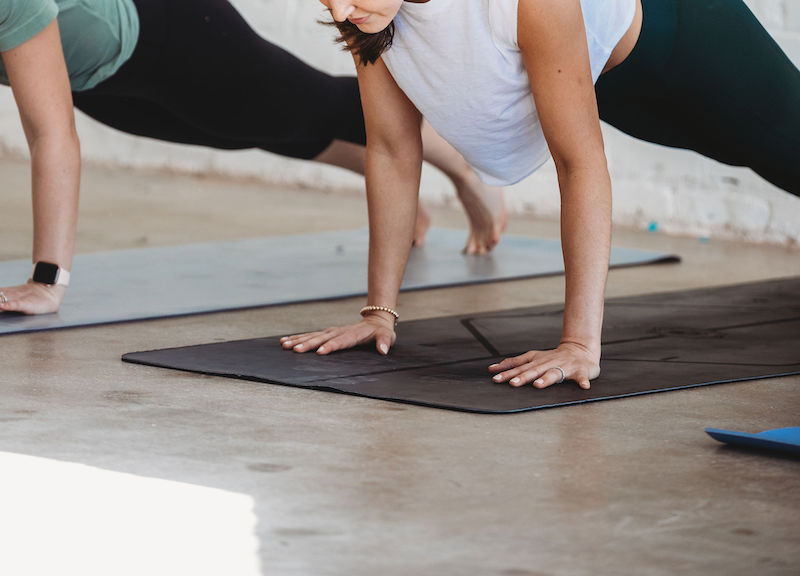The first time I heard of exercise snacking was during one of Kira Stokes’ (very) short workout videos. She informed her viewers that whether we were tacking it onto another video, or simply “one and done” as an exercise snack, it was a great option either way. As a new mom, this concept of an exercise snack intrigued me. Gone are the days when I have a full hour to devote to my movement in the mornings. The idea of doing ten or fifteen minutes here and there – and then having that be enough – is something I can wrap my head around.
Not only has exercise changed for me personally, but in the face of the global pandemic, people are moving less than ever before on a worldwide scale. Clearly quarantine affected former fitness routines, and with people slowly and surely (or not at all) going back to gyms and boutique studios, those effects have likely lingered. Therefore, the idea of exercise snacking is promising, so I decided to look into the benefits a bit further.
What is an exercise snack?
We are all aware of the benefits of exercise, but how you move is just as important to consider. Instead of doing one longer workout session in a day, exercise snacking is engaging in shorter bursts of energy throughout the day (typically 15 to 20 minutes). Studies have shown that exercise snacking is just beneficial (if not more so) for your health. This is because one 30-minute to hour-long workout in a day doesn’t quite offset the amount of time we spend sitting.
Many populations around the world, and especially those with the highest longevity rates, don’t “workout” per se, but their lifestyles require them to constantly move. Walking thousands of steps, climbing stairs, working outside, and lifting heavy things is simply the status quo. Also known as Non–Exercise Activity Thermogenesis (or NEAT), it involves those daily activities that help someone avoid a sedentary lifestyle. Exercise snacking stems from the theory that you don’t necessarily need a structured workout regimen; you can reap many benefits from daily activities that require you to expend energy. However, if your lifestyle still has you sitting for the majority of the day (i.e. your desk job), it will take some conscious effort and forethought to ensure you are incorporating exercise snacks into your routine.
The benefits of exercise snacking.
Heart health and longevity.
Have you heard the phrase “sitting is the new smoking?” Studies show there is a clear link between sedentary lifestyles and higher rates of mortality. To improve cardiovascular fitness and overall health, the CDC suggests at least 150 minutes of aerobic activity each week. This recommendation can be divided up over the course of the week (five 30-minute sessions for example). Depending on your starting point however, that much might not even be needed to obtain the benefits for cardiovascular health. This study found that when living a sedentary lifestyle, participants improved their heart health with just 11 minutes per day. It was also previously believed that any exercise stint should be “vigorous” in order to be beneficial, but subsequent research has debunked that theory, concluding that as long as there is enough physical activity, an individual will reap the health benefits of movement.
Blood sugar and metabolism.
One of the major tenets of blood sugar management is increasing insulin sensitivity. Insulin resistance occurs when cells no longer respond to the hormone’s messaging, therefore hindering the uptake of glucose for energy. This dysregulation can lead to more serious issues such as metabolic syndrome, pre-diabetes and type 2 diabetes. Exercise is known to increase insulin sensitivity, but the effects are ephemeral. Repeated and consistent exercise makes the effects more persistent. One can therefore assume that exercise snacking throughout the day, as opposed to one prolonged workout, can do more to enhance insulin sensitivity on a continual basis. Additionally, one study found that exercise snacking before each meal resulted in better postprandial glucose control in participants with insulin resistance. There are also blood sugar benefits when movement is performed after a meal as well. This study concludes that intermittent bouts of walking after a meal improved postprandial glucose in participants more so than one daily 45-minute sustained workout.
Time management.
We all lead busy lives, and sometimes a prolonged workout isn’t possible. Work schedules, child care, and those obstacles that pop up last minute can prevent pre-planned exercise routines. Knowing you can achieve the benefits of exercise by breaking your movement up throughout the day provides relief and promotes time management. Better yet, movement in this way doesn’t have to take the shape of what we traditionally think of as exercise. Climbing stairs, walking more, and household chores are examples. While fixing dinner, take a moment to dance around the kitchen with your kids. In fact, research performed by Alia Crum concludes that even our perception matters when it comes to what we consider exercise and what we don’t. Carrying loads of laundry throughout the day? Count it.










